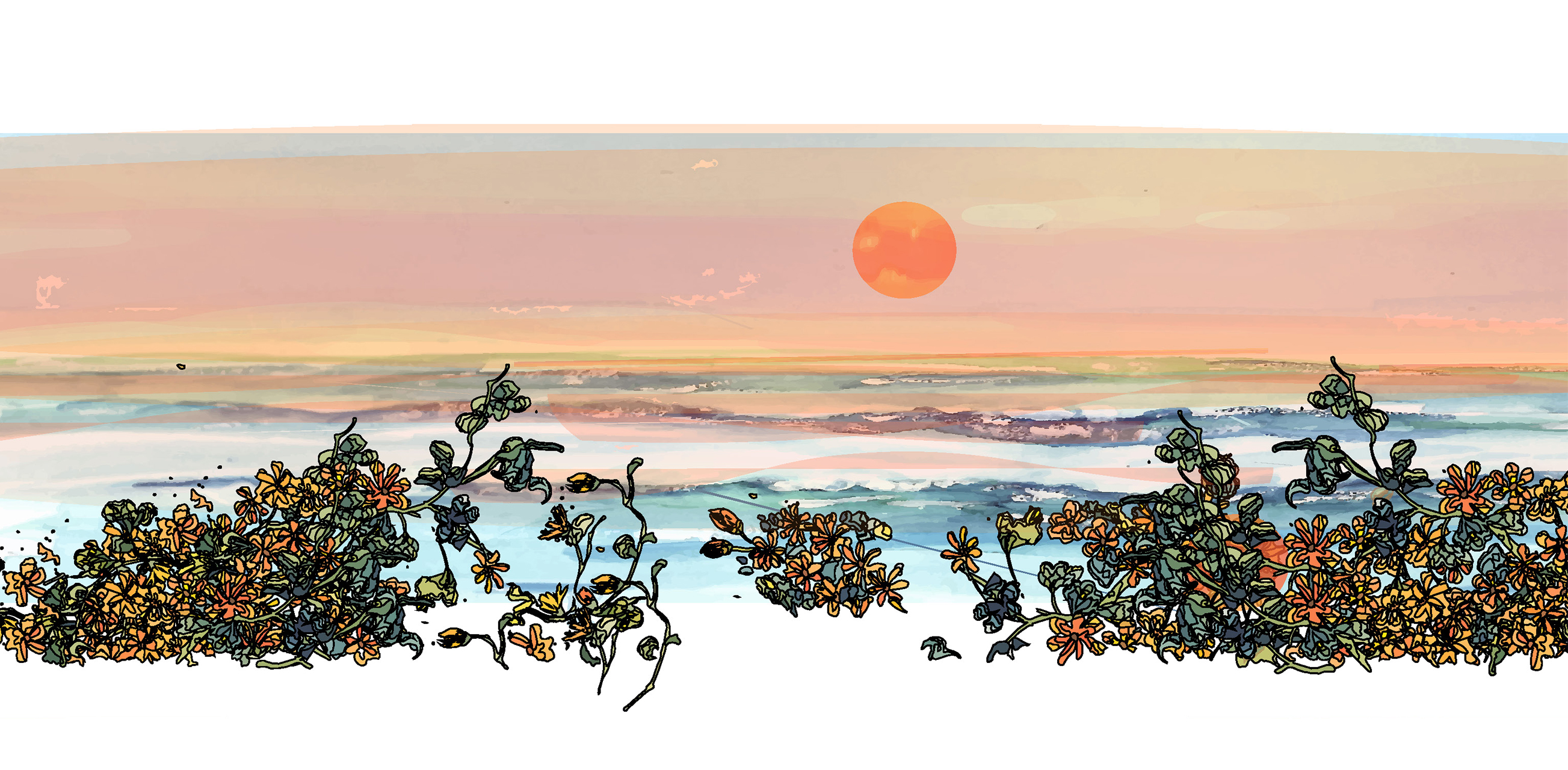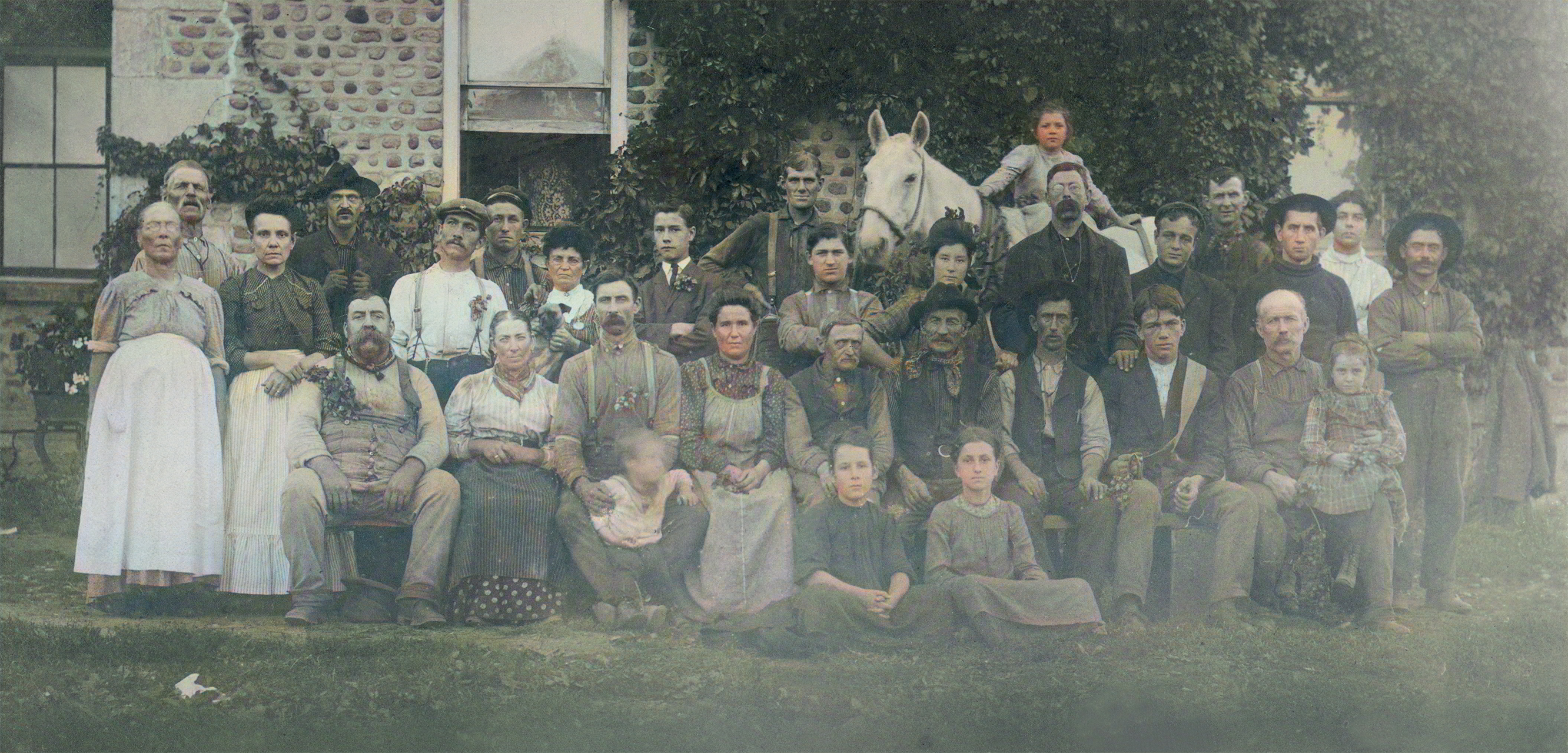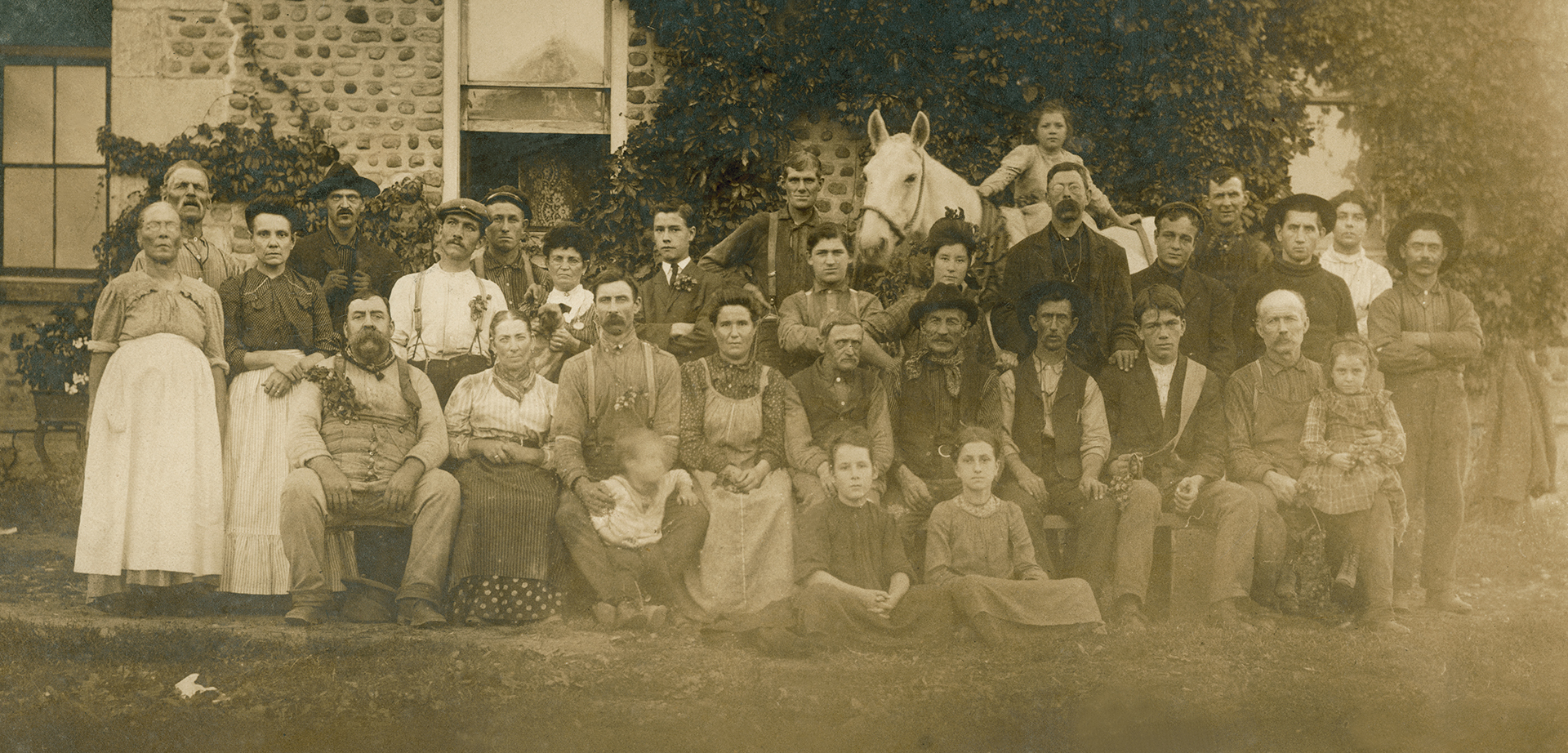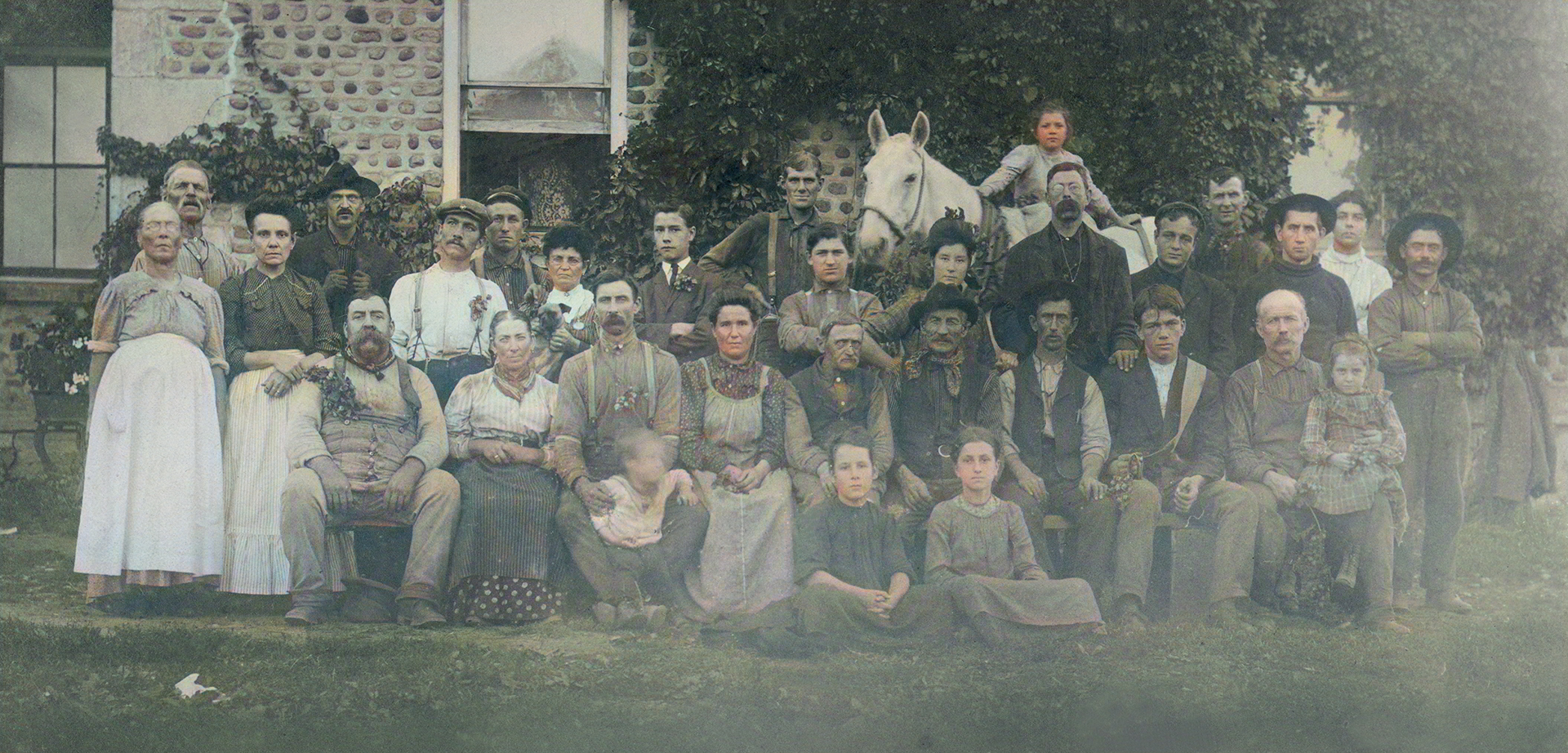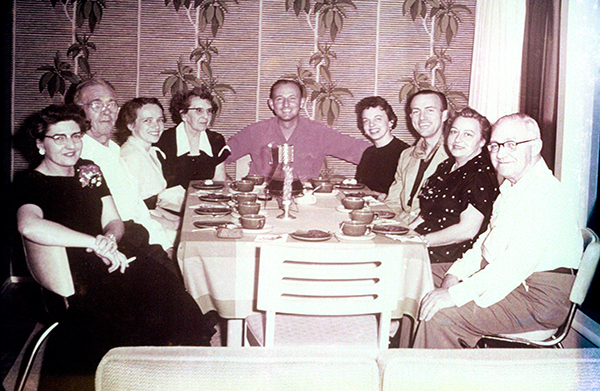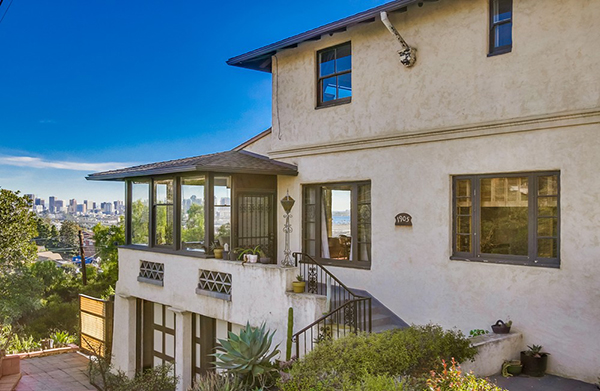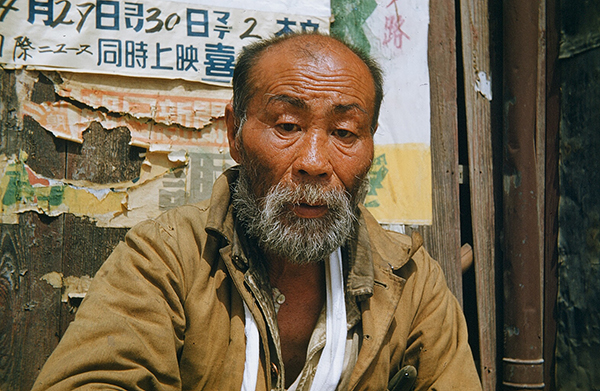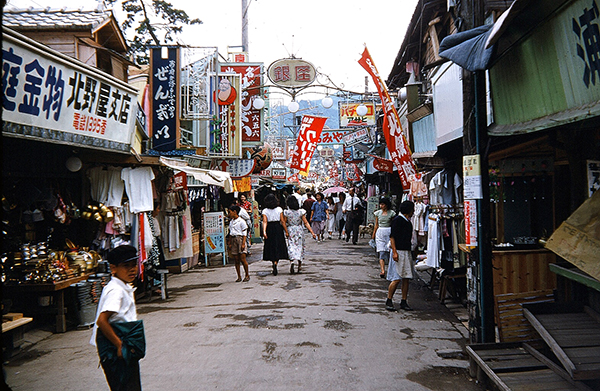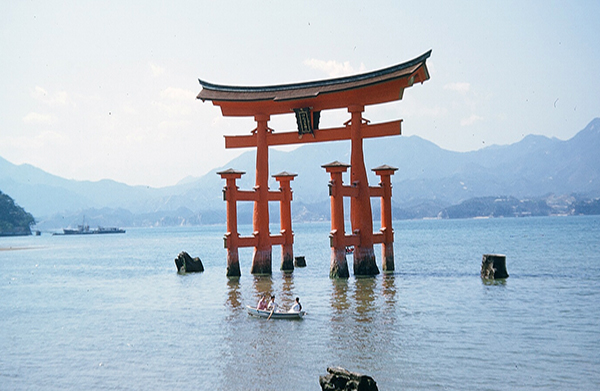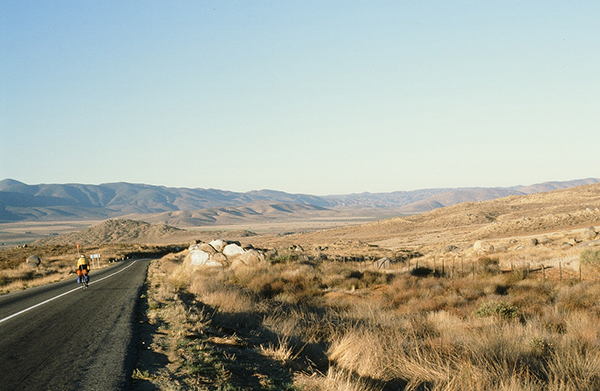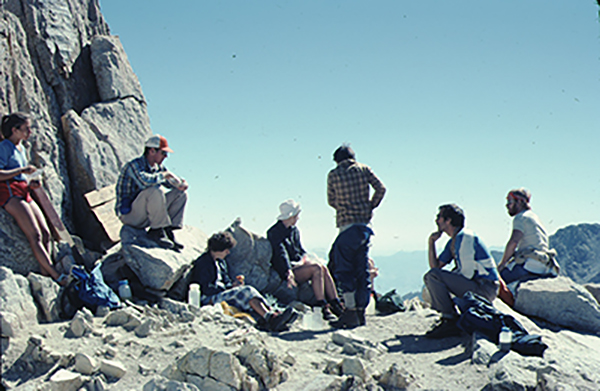JAMES HAMBURG PHOTOGRAPHY
James Hamburg was a 31-year-old Naval officer during the post WWII US occupation of Japan that formally ended in 1952 the year he took these photographs of Japan. The term occupation could mean an overwhelming aggressive military presence over a beaten and impoverished civilian population which in the early days it must have been. But judging from the expressions of the subjects of Jim's slides that idea could not be further off the mark or severely nuanced. These people my father met invited him into their homes, had him wear special sandals and a robe, let him take fairly close photographs of their personal life.
The area he photographed was in villages or small cities southwest of Tokyo, lwakuni, Atsugi, Yokosuka, and perhaps most well-known, Miyajima. His photography included slides which I have digitally scanned, occasionally color corrected and in rare instances, cropped. The entire collection consisted of 200 carousels of 99 slides, of which I have made selections for a first online exhibition of his work.
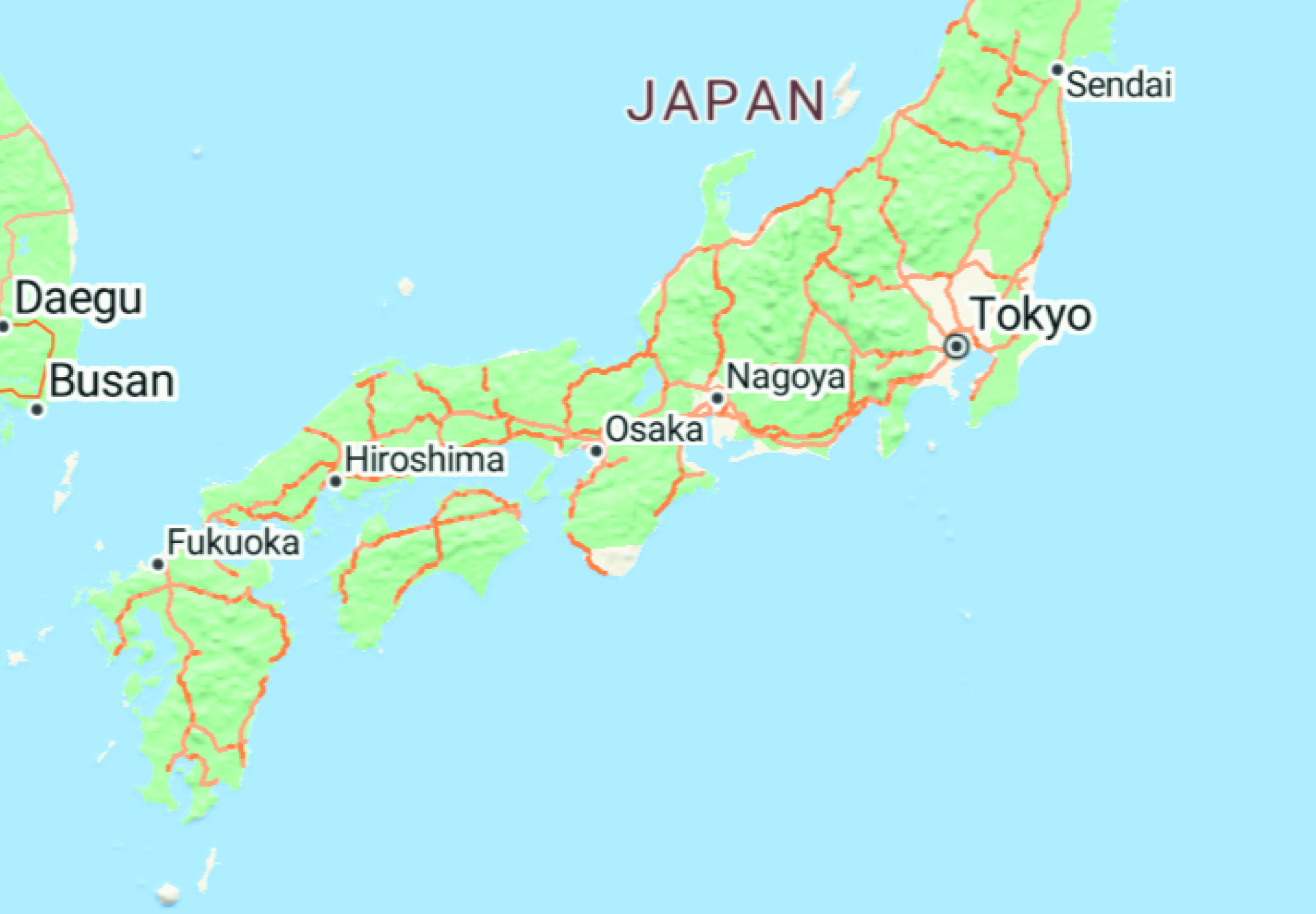
I do not know why my father documented so much of his life, in photos, narratives, lists, files, lists for every conceivable thing you might need a list for. As the executor of his estate, all this documentation came in handy and made a rather large, varied and complex task fairly straightforward. This was ten years ago, so I have some emotional distance and can speak objectively about the 20,000 slides and related text. As I look at the slides, I conclude that a large part of them was basic documentation, as in “hey, I was there, isn't this cool.” and they sometimes are and sometimes less so, as nearly everyone’s cell phone photo folder would show. But really makes some of these images so very special, and very cool to me, is that it took my father a lot of time and personal empathy to get the trust of his subjects. They look into the camera with incredible openness, revealing something very personal about themselves even though it is impossible to know what that might be. But it somehow surpasses or is very different from the wow factor of a very special landscape or the complex story of relationships that can be revealed from looking closely at people in setting. Some his subjects jump past all that into your heart.
